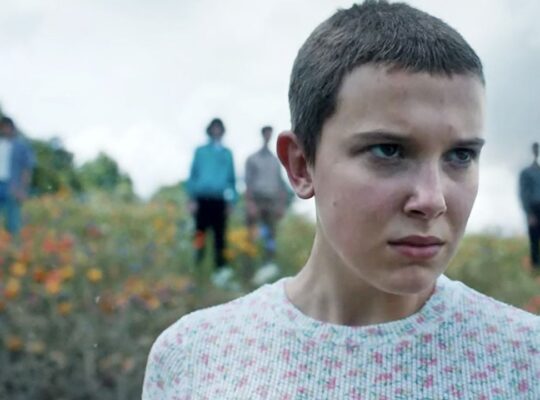
With Danny Boyle returning to the world of 28 Days Later with next month’s 28 Years Later, there’s one particularly salient topic on the minds of zombie… uh, infected fans everywhere: What is the state of the Rage Virus victims in the film’s post-apocalyptic world almost 30 years after the catastrophe first hit?
I spoke to Boyle about 28 Years Later earlier this week, and he filled me in on a few details regarding those poor, fast-running SOBs. (Some of whom, it turns out, aren’t so fast-running anymore.)
“There have been evolutions [of the infected] because we didn’t want to just stand still with them,” Boyle tells IGN of the creatures in the new film. “There has been kind of mutations that have developed, if you like.”
Don’t forget, while the infected of the 28 Days/Weeks/Years series fit nicely into the zombie subgenre, technically speaking they’re not dead. Rather, they’re living humans who have been infected by the Rage Virus. As such, that means that they would need to find ways to survive over the years. Hence the evolution that Boyle is hinting at.
The director shot 28 Years Later in a 2.76:1 widescreen aspect ratio, which is typically reserved for 70mm epics, and part of his reasoning for going that wide was to create a feeling of dread in the viewer regarding the infected. With that wide frame, the things could be practically anywhere in your field of vision.
“You hope that it gives a sense of unease really … that they could be anywhere, because we know they move very fast,” he says, before clarifying that most of the infected move fast these days… but not all. “Apart from these new ones, the ‘slow-lows’ which of course move very slowly, but they’re still dangerous.”
Indeed, they are quite gross, and as Boyle says, there’s a reason for their name. “They’re very slow. They hang about low level,” he laughs. “So they’re called the slow-lows. I wouldn’t advise messing with them.”
Boyle and his team used a variety of production methods and cameras to achieve various effects in the film, including how they photographed the infected. In the case of the slow-lows, sometimes that meant attaching cameras to the actors playing them in an attempt to put the audience right down in the mud with the creatures.
The film’s production notes also hint at some other variations on the infected. The first generation that have managed to survive the past 28 years now roam the UK naked and like animals. And then there are “berserker” and “alpha” infected, seemingly super-charged with strength and also, perhaps, carrying a semblance of intelligence as well.
“Just in technical terms, we still wanted to capture them in a brittle, almost unreliable way, because that was what we found [worked] with the first film,” says Boyle.
Unique rigs carrying as many as 20 iPhones at the same time were also used for key sequences involving the infected, with Boyle going for what he calls “a poor man’s bullet time.” But that was just one method used to capture the grisly, startling images of the film’s monsters.
“We would use special shutter angles to enhance that reliability, that very kind of rapid motion, that slightly staccato motion to create a kind of brittleness,” he says. “We also used this old Panasonic camera called an EVA1, I think it’s called, which is a kind of red with its filter out. It becomes a red camera really, which allows us to see almost like an infrared look, which is the look we wanted to create for some of the nighttime material.”
Slow-lows, three-decade-long infected, berserkers, and alphas… One has to wonder what other horrors await the characters of 28 Years Later. We’ll find out when the film arrives on June 20.











